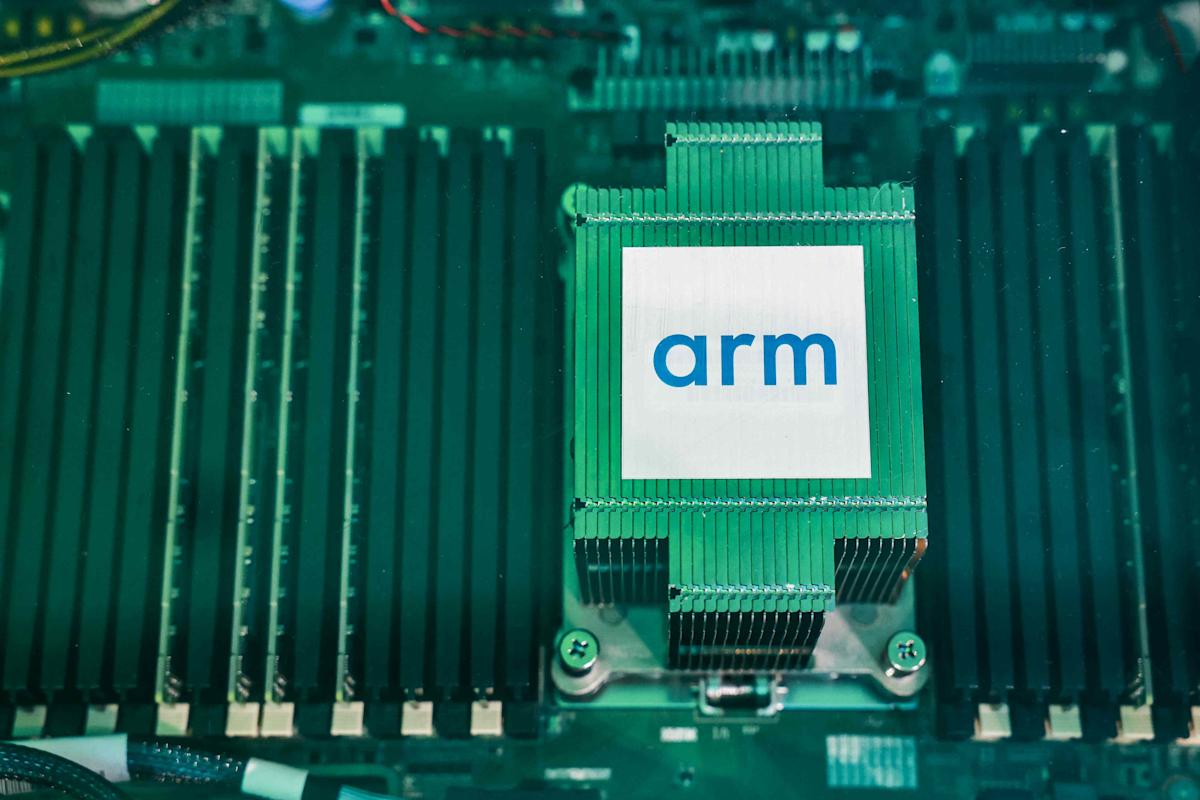How Much Should Investors Read Into the Nvidia-Intel Deal? Here’s What Analysts Think
Hari Anggara / NurPhoto / Getty Images
Shares of Arm and Advanced Micro Devices came under pressure after a deal between Nvidia and Intel raised concerns about growing competition
-
Nvidia announced a $5 billion investment in Intel this week, raising worries Arm and Advanced Micro Devices could face stiffer competition.
-
However, some Wall Street analysts indicated the tie-up could have less of an impact on Arm and AMD than a slide in their shares would suggest.
-
Bank of America and Bernstein analysts said shares of companies that sell chipmaking equipment could get a boost if the deal leads to more business for Intel’s foundry.
Some investors reacted strongly—and quickly—to Nvidia’s $5 billion investment in Intel, fearing stiffer competition for Arm and Advanced Micro Devices. Those initial worries appear to have subsided, but questions about how much to read into the deal remain.
Shares of Nvidia (NVDA) design partner Arm (ARM) slipped 7% in the wake of yesterday’s deal, which included a plan for Intel and Nvidia to co-develop AI chips. AMD (AMD) shed nearly 6% before recouping most of those losses. Some Wall Street analysts indicated the tie-up would have less of an impact than the initial moves would suggest.
Bank of America analysts on Friday said they see “limited near-term impact” for AMD and ARM because of the tie-up. They maintained “buy” ratings for both companies’ shares, and pointed to potential upside for companies that sell chipmaking equipment or software used in the design process. Shares of firms in those businesses, including ASML (ASML), Applied Materials (AMAT), and Lam Research (LRCX), have gained since yesterday’s announcement.
The impact on AMD could be “less impactful than we might have thought at first blush,” Bernstein analysts wrote, saying they see sentiment for manufacturing equipment makers like ASML getting a boost.
One open question for investors: whether the Intel-Nvidia tie-up might mean more business for Intel’s foundry, which makes chips for other companies. The deal announced Thursday did not include foundry commitments.
Bernstein said Nvidia’s moves could indicate a preference for its existing manufacturing partners like TSMC (TSM)—as well as a desire to buy goodwill from the U.S. government, which now holds a 10% stake in Intel, without a deeper commitment.
“Both companies went out of their way to sing TSMC’s praises (which makes sense as neither can afford to alienate their most important supplier at this point),” Bernstein analysts said, noting that even if Nvidia moved forward with an Intel manufacturing deal, it would still continue to work with TSMC, likely not making much of a dent in that company’s business.


